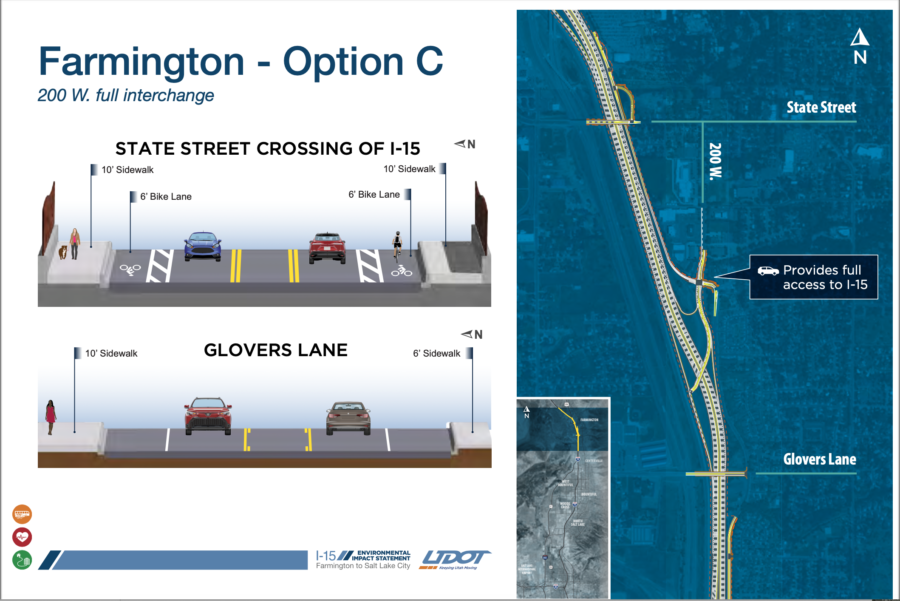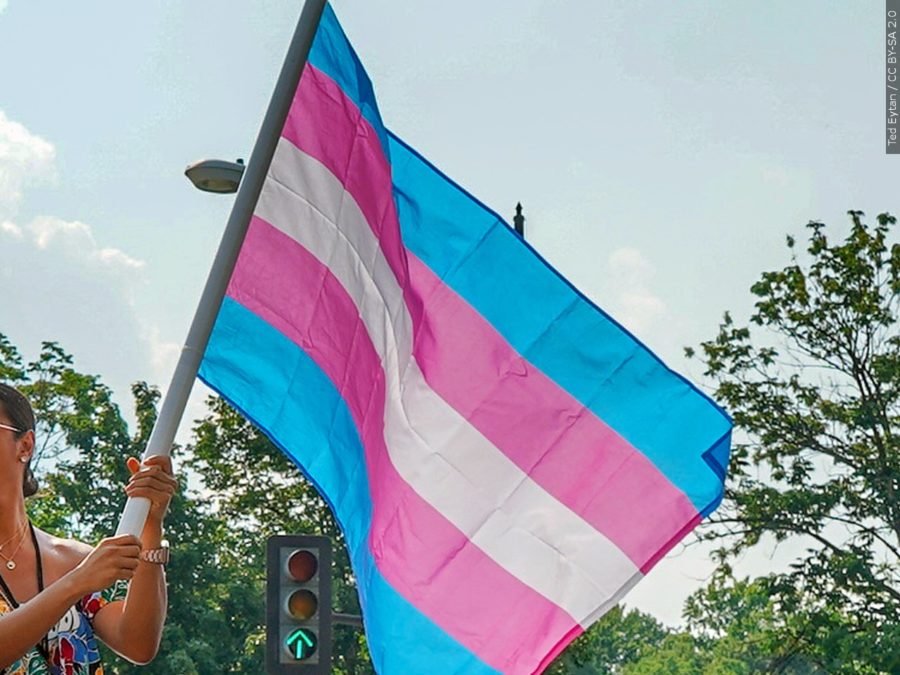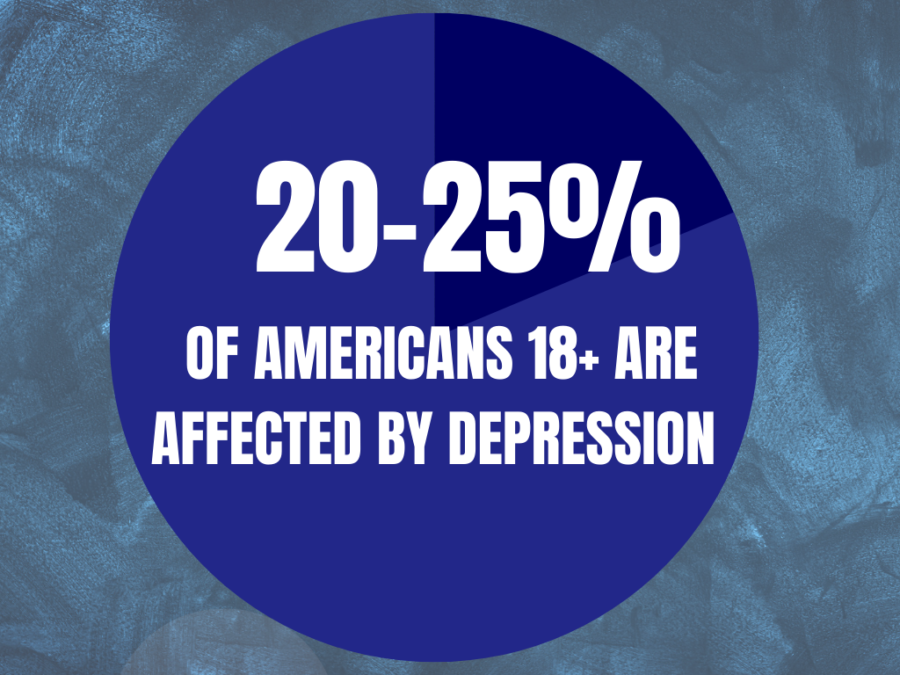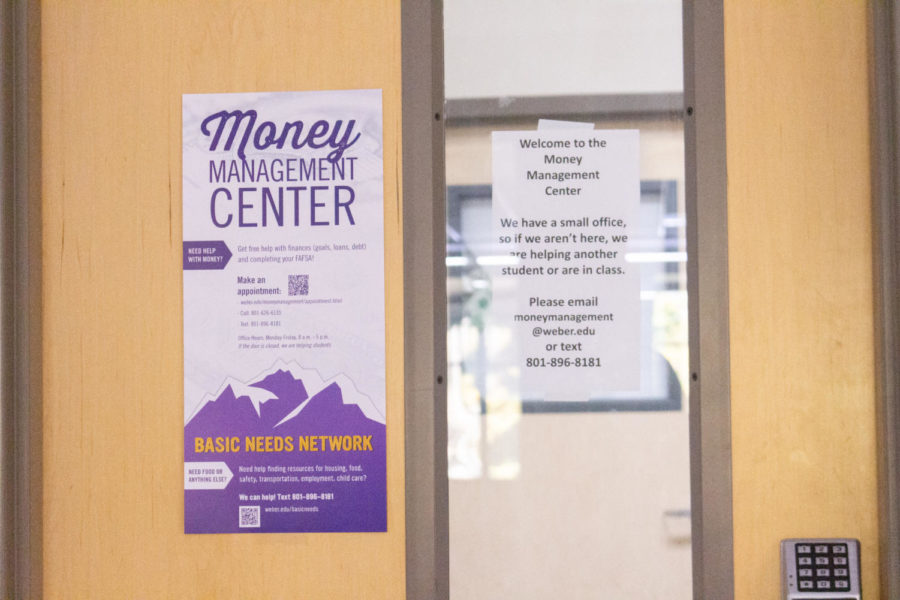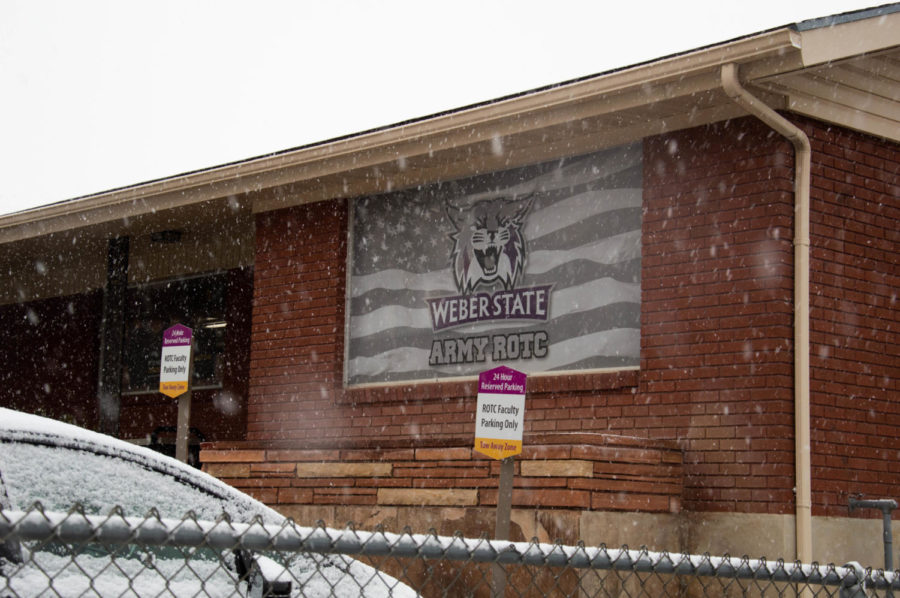In 2016, Ruffalo Noel-Levitz (RNL) was recruited to help Weber State University come up with a Strategic Enrollment Plan (SEP) to help encourage student enrollment, retention and graduation.
“In a recent campus visit, experts in financial aid offered suggestions for new scholarship models,” states the “Academic Affairs Goals from 2016/2017 and Accomplishments thus Far” report.
The goal from the report is to “offer students scholarships at the point of admission to the university. Our yield will increase from in-state, out-of-state and international students.”
According the report and the minutes from the Feb. 21 presidential meeting, Dr. Bruce Bowen facilitated the relationship with RNL and helped come up with the SEP for the scholarship changes.
In conjunction with RNL, WSU developed the SEP. RNL reviewed the university’s enrollment practices and financial aid and helped focus a plan for growth and improvement. The SEP was adopted in 2017 and has been approved in sections since then.
The scholarship deadline opened on Sept. 1 and the priority deadline will close Dec. 1. All scholarships will be served on first-come-first-served basis.
The biggest change the RNL recommended be made was the way Weber State awards scholarships.
The upcoming academic years will have several large changes coming into effect regarding scholarships. The plan has been in development since 2016.
Beginning this semester, non-resident students who enrolled and qualified for academic awards were awarded with a four-year (eight semester) academic scholarships, rather than the one-year scholarships that WSU traditionally offered. In Fall 2019, the same change will be made for in-state students. There will be a 2.5 GPA minimum once the scholarship is received; the only other contingencies are maintaining 12 credit hours per semester and remaining in good academic standing.
Current students will continue to re-apply each year just as it has been in the past. Everyone is still eligible for the Dream Weber four-year program.
For non-resident students, the Presidential Scholarship has been discontinued, but other scholarships have been added in its place, the Mount Ogden Scholarship, the Golden Spike Scholarship and the Waterfall Canyon Scholarship. The Presidential Scholarship will be available for residents, but it is a scholarship distinction.
“(WSU) is changing the way academic scholarships are awarded with the goal of recruiting and retaining more student by providing financial assistance to a greater number of students for a longer period of time,” said Director of Media Relations John Kowalewski.
Also at the beginning of the semester, academic award caps were diminished. In the 2017-18 school year, a student could be awarded up to 150 percent of their tuition. This academic year, 2018-19, the awards are capped at 125 percent.
The original cap allowed for a student to take home additional academic awards from the school up to 50 percent of beyond the cost of tuition and fees. The current system caps the percentage a student can take home beyond tuition at 25 percent.
Under the original SEP, the 2019-20 school year would implement a 100 percent cap, not allowing a student to take home any extra award money. WSU decided to wait to roll the 100 percent cap out until the 2020-21 academic year to first weigh the impact the current decrease has on students.
“By limiting awards to 100 percent of tuition and fees to individual students, the university will be able to spread the $93 million in awards annually to a greater number of students, allowing more students to enroll and graduate,” Kowalewski said.
The change to limit the awards will allow for students to have more four-year academic awards.
Another facet of the SEP coming into effect, is how the stacking of awards, waivers and grants will change.
“Stacking” is the colloquial term to describe the hierarchical way that WSU applies university awards and federal grants towards tuition and student fees.
Under the current award stacking system, if a student’s tuition and fees were $3,000 and they had an academic award of $1,500, an activity waiver for $1,000, a departmental scholarship of $1,000 and a Pell Grant for $1,000, the awards would stack as follows:
Academic Award: $1,500
Activity Waiver: $1,000
Department Award: $1,000
_______________________
Institutional Awards: $3,500
Pell Grant: $1,000
_______________________
Total Awards: $4,500
In the above scenario, the student’s tuition would be covered, the student would receive $500 from the school and $1,000 from the Federal Pell Grant. This is money the student can use at their discretion. As the Pell Grant is outside of university funds, the money received from the grant does not go towards any university cap placed on scholarships from the university.
Beginning in the 2020-21 academic year, if the stacking system stays as proposed, it would look as follows:
Academic Award: $1,500
Pell Grant: $1,000
Department Award: $1,000
Activity Waiver: $1,000
_______________________
Total Awards: $4,500
By implementing the 100 percent cap, the student would not take home anything additional, as the Department Award and Activity Waiver are both WSU awards. The Pell Grant will be second in the hierarchy instead of last, coming before university awards.
“WSU will always honor our multiple-year academic awards and Pell Grant Awards, even if the combination of those awards exceeds the 125 percent, or down the road, the 100 percent caps,” Kowalewski said. “If activity awards and other awards that are applied after taking those first two factors into account, then activity awards will not be given so that financial compensation can be awarded to other students.”
Before any changes planned for 2020-21 are implemented, deans of colleges and areas of campus need to understand concerns and address them, especially regarding activity waivers.
With these changes, the necessary index scores have been lowered so more students are eligible for the scholarship. There have also been scholarships added, such as the Opportunity Scholarship awarding at $500 per year.
“Since 2012, [WSU’s] enrollment has been flat,” Kowalewski said. “Working in partnership with RNL, the university identified strategies for growing its enrollment along with metris to evaluate the success of those efforts. These are strategies employed successfully at institutions around the country. [WSU] wants to make the dream of higher education a reality for the greatest number of people. Education enhances lives and communities, and Weber State is making changes in order to have the greatest impact on the greatest number of people.”
According to the RNL website, WSU was awarded the Peter S. Bryant Marketing and Recruitment award for implementing the SEP. Out-of-state enrollment increased by 57 percent as well as in-state enrollment gains.
Editor’s note: this story has been updated to revise the minimum GPA needed to keep academic scholarships and to correct John Kowalewski’s title.





